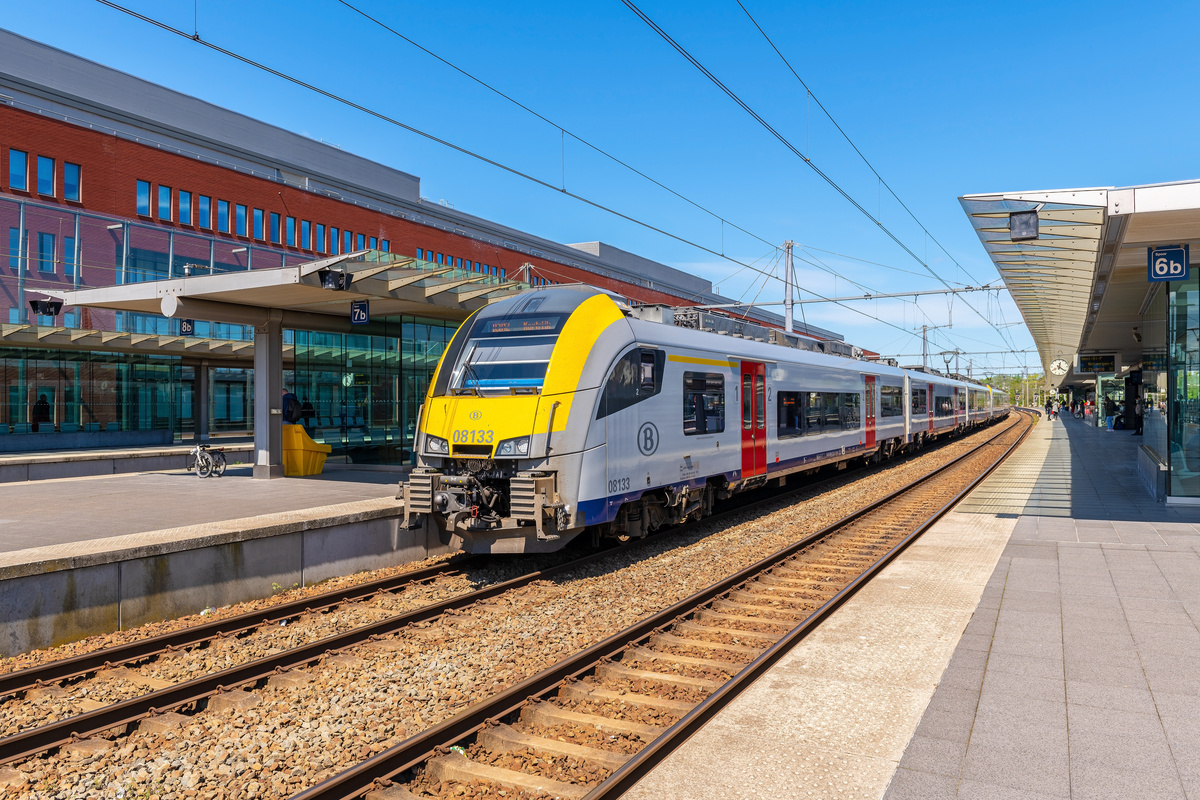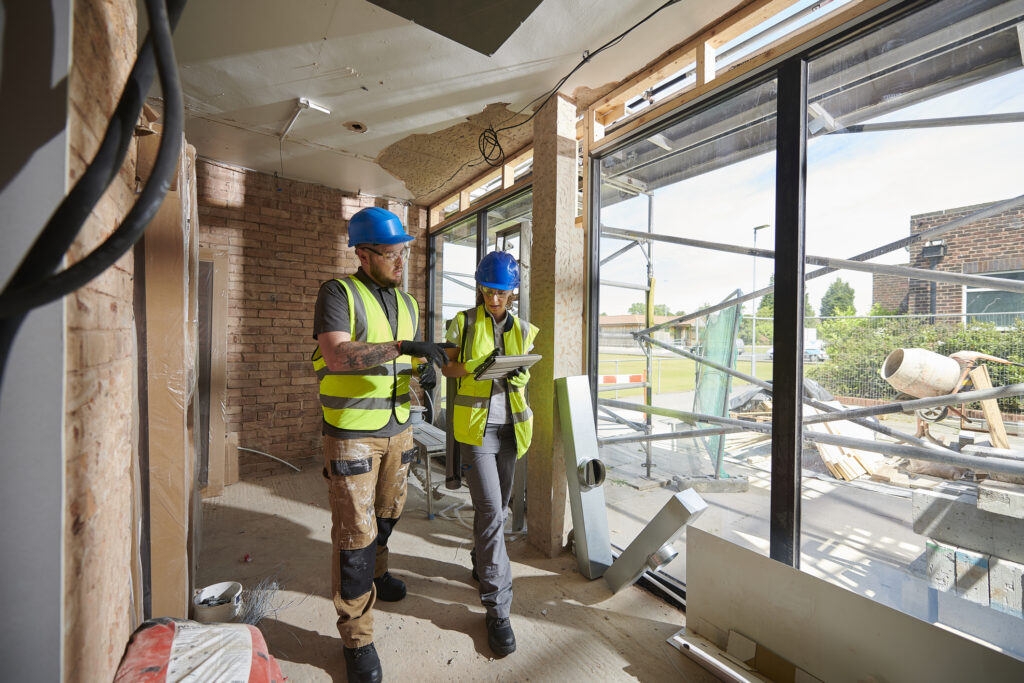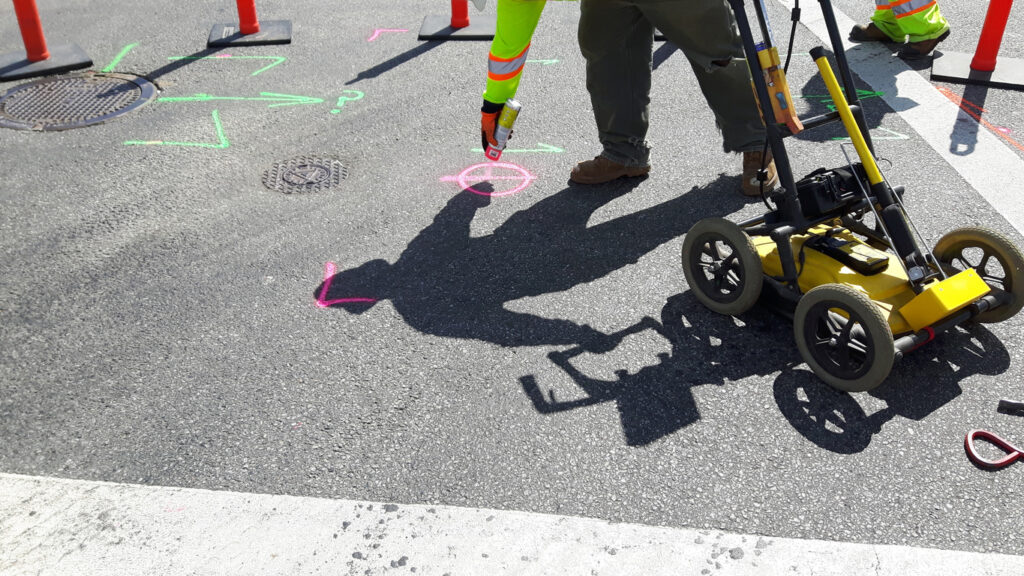This story was made in collaboration with Safe Software partner Nordend.
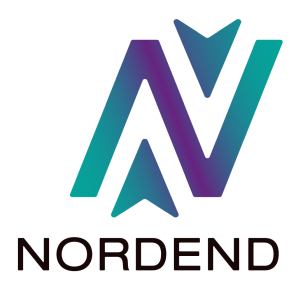
Driving digital transformation in Belgium’s railway system
Responsible for managing, maintaining, and expanding Belgium’s rail infrastructure, Infrabel is taking important steps to modernize its handling of network data. As part of a broader digital transformation strategy, the organization set out to address a long-standing challenge: consolidating and modernizing the schematic rail diagrams that form the backbone of its network planning.
Over time, Infrabel amassed an extensive collection of over 200 schematic plans representing the country’s dense rail network. However, these diagrams weren’t consistently aligned or connected correctly, and manual attempts to link them had resulted in errors. With new plans constantly being added, the need for a scalable, consistent solution became increasingly urgent.
Connecting the dots for a smarter, scalable network
To solve this, Infrabel set out to build a digital topological network. This network would not only unify all existing schematics but also make them usable, navigable, and future-ready. This new approach would aim to improve infrastructure planning, streamline updates, and reduce reliance on manual work, laying the digital foundation for smarter rail operations in the years ahead.
Following a successful public tender, Infrabel partnered with Safe Software partner Nordend. To carry out the work, Nordend developed an automated solution using FME. The custom-built tool was designed to scan Infrabel’s existing schematic plans, detect errors, and automatically correct broken or misaligned connections.
By translating isolated lines and symbols, such as tracks and switches, into a true topological network, Infrabel gained a far more coherent and functional representation of its rail infrastructure. The new system is also linked to real-world spatial coordinates, making it easy for users to interact with the network through Infrabel’s GIS tools.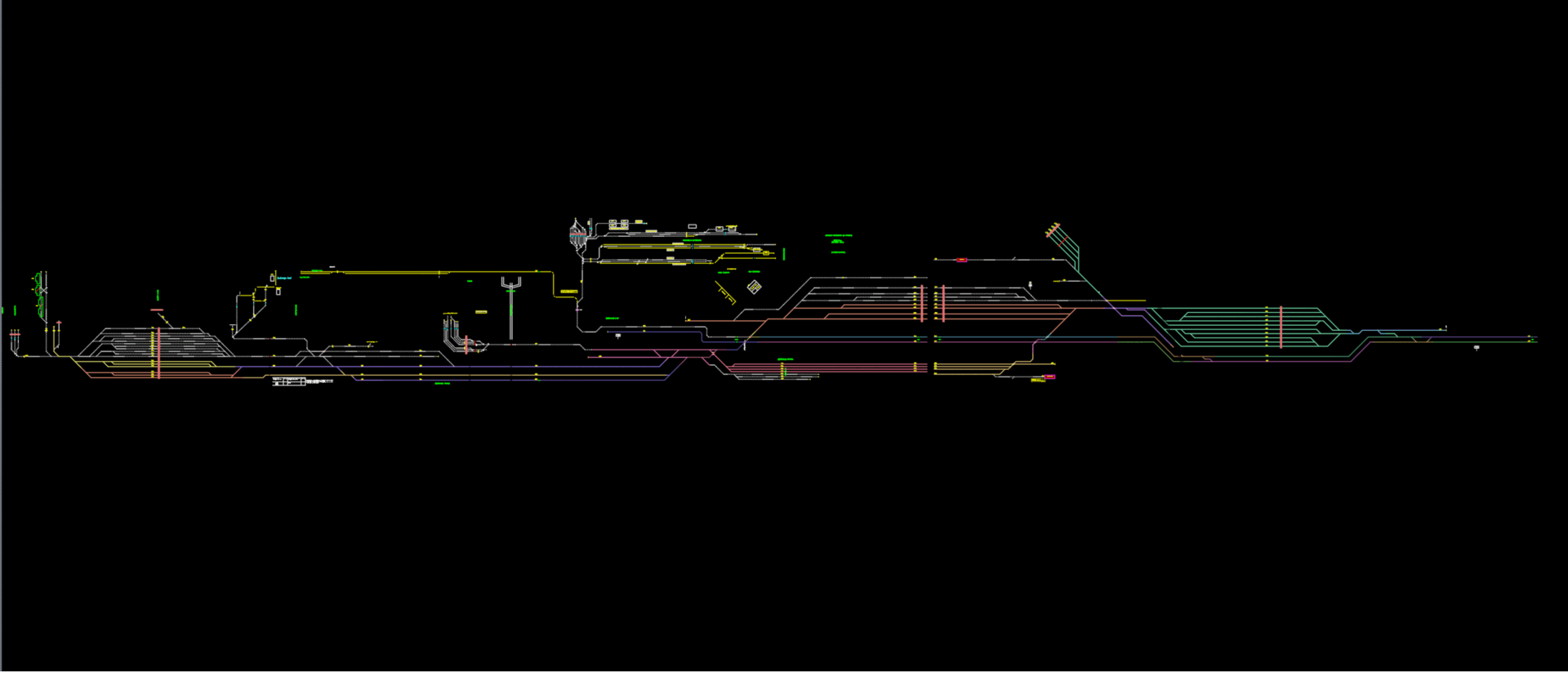
Automation has been central to the project’s success, with Nordend’s solution performing weekly checks on AutoCAD drawings and updating the database automatically. While users can still manually adjust missing or exceptional elements when necessary, the system requires minimal input once the data is correct. This has significantly reduced the workload for GIS and drafting teams.
On the right track: Shifting toward a more intelligent railway system
The results of this solution exceeded team expectations. Originally, Infrabel anticipated that the tool would catch and fix around 80% of issues, but this goal has already been exceeded. With a clearer and more reliable network in place, teams across Infrabel are now able to coordinate more efficiently and plan with greater strategic insight.
This new foundation paves the way for future innovation at Infrabel. Infrastructure projects can now be planned more efficiently with greater visibility of dependencies, timelines, and resources. As more data becomes available, the system is flexible enough to evolve, supporting the shift toward a more connected and intelligent railway system.

